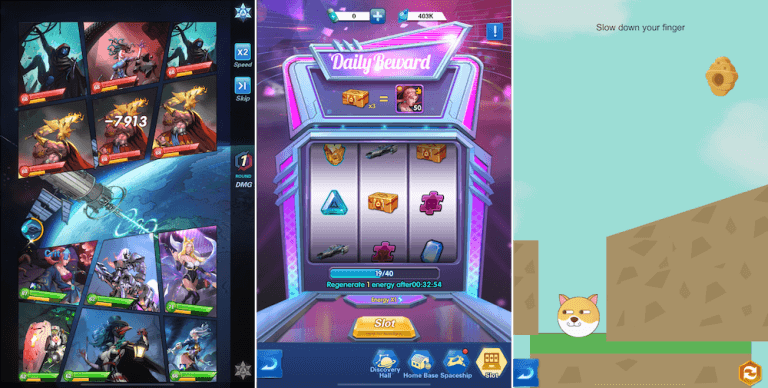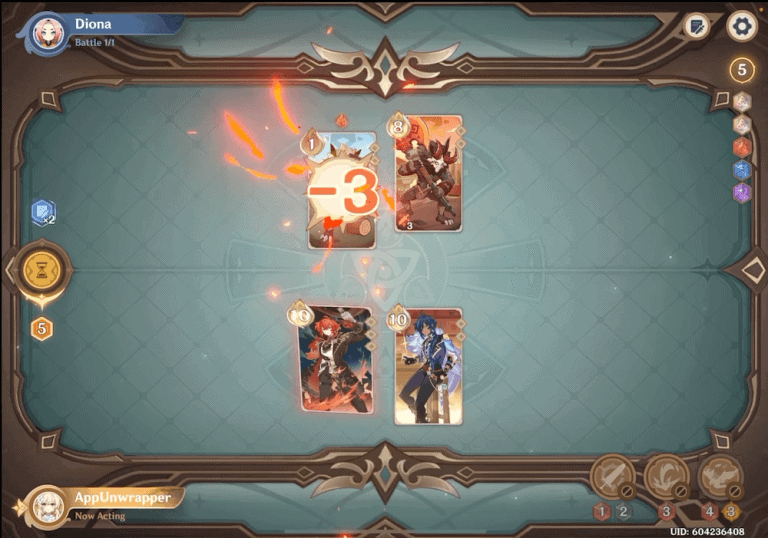The declining interest of the players in the hyper-casual genre did not just cause a recession in downloads and user retention but also bottlenecked monetization options and strategies. This urged the developers and publishers to find an alternative. An alternative that could be as lucrative, addictive, easy to introduce, and produce as hyper-casual games but also breaking its monotonous, single-dynamic structure.
Hybrid-casual rises as a solution that satisfies all these requirements while retaining some of the fundamental advantages of the hyper-casual genre. As a result, more and more companies switch to hybrid-casual day by day. The ones most resistant to it are even playing around with switching to it and experimenting with the relatively new genre.
As a provider of feature-level analytics, market insights, and benchmarks for the global mobile games industry, GameRefinery is one of the front-row witnesses to this transition. Therefore it’s an excellent source to analyze the transition, its reasons, and the predictions for its fate. It’s what the GameRefinery team did in this article, analyzing hyper-casual genre’s hybridization process. The article also covers some prominent examples of hybridization.
QQ Speed: Arcade racing with TCG mechanics

QQ Speed, a successful arcade racing game in the Chinese market, has introduced a new card battler mode. Players strategically play cards with attack and defense properties from their hand, aiming to reduce the enemy’s health to zero. The game combines the thrill of racing with the strategic elements of a TCG (Trading Card Game), offering both PvE and PvP modes.
Merge Vikings: Merge2 mechanics with building and battle gameplay

Merge Vikings takes a unique approach to hybridization by combining merge2 mechanics with build and battle gameplay. Players engage in asynchronous PvP matches, focusing on wreaking havoc on opponents’ bases. The game replaces traditional merge2 meta layers with character and building progression vectors, adding strategic puzzle elements to create an engaging experience.
Goddess of Victory: NIKKE: Third-person shooter action RPG with progressive base-building and relationships

Goddess of Victory: NIKKE combines heavy story-driven RPG elements with fast-paced third-person shooter gameplay. Players explore a post-apocalyptic Earth, commanding a squad of defense androids called NIKKEs. The game emphasizes collecting and managing NIKKEs through gacha mechanics, fostering emotional investment through character interactions and unique story sequences. Additionally, a base-building system enhances character attributes and progression.
X-Hero: Idle RPG with experimentation in minigame genres

An idle RPG, X-Hero regularly experiments with different genres through minigame implementation. It offers various auto-battle RPG modes, including Time Travel, Galaxy Wanted, and a Star Trek mode with roguelite elements. Additionally, X-Hero incorporates casual casino mechanics, featuring a Homeworld Slot mode where players spin slots to gain rewards and construct their bases.
Genshin Impact: Open-world RPG with turn-based TCG minigame

Genshin Impact, known for its high-quality production values and open-world RPG mechanics, has introduced a permanent turn-based TCG minigame, Genius Invocation. Players build 33-card decks and engage in duels to acquire additional character cards. The game also previously featured unique events inspired by Pokémon and offered a free four-star character.
Slime Isekai Memories: Turn-based RPG with 4X and tycoon mechanics

Slime Isekai Memories, a turn-based RPG based on a popular anime/manga series, combines hero collection with base-building mechanics. The game requires players to strategically collect and develop characters to progress through the primary campaign while constructing and upgrading buildings in the base-building meta. Incorporating resource-generation systems reminiscent of 4X and tycoon games adds depth to the gameplay.
Conclusion: Why are hybrid-casual mobile games becoming more popular?
In conclusion, the hybrid-casual genre is an excellent way to introduce new mechanics to the players and mash different mechanics in a game that would become monotonous and boring alone. It’s also a good way to broaden the game’s audience and expand user acquisition. Shifting from hyper-casual to hybrid-casual creates opportunities for developers to invent and test the reception of new mechanics. They can be introduced via in-game events or minigames, so successful ones can be made permanent. In contrast, the failed ones can be eliminated without harming the game’s overall success rate. New mechanics reveal opportunities for inventing new non-intrusive ad or monetization methods.
The article wraps up with “Top things to consider if you’re hybridizing your mobile game”, giving tips to developers considering switching from hyper-casual to hybrid-casual mobile game genre. The full version of “The Rise of Hybridization in Mobile Games” is also available.





